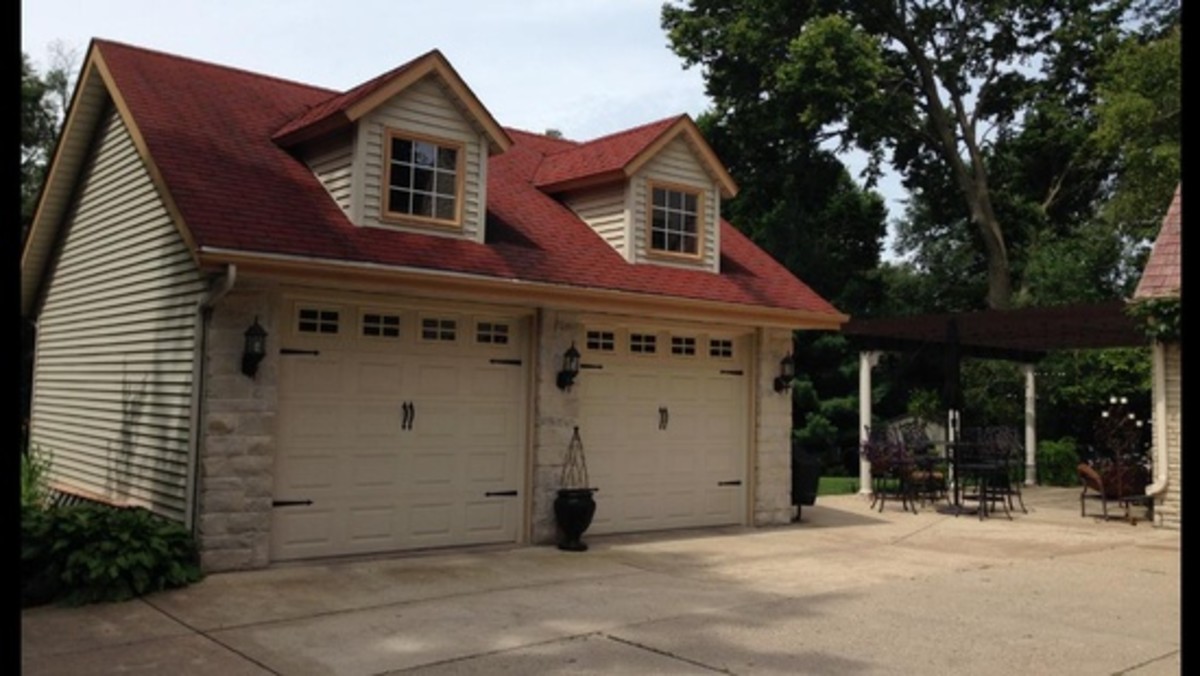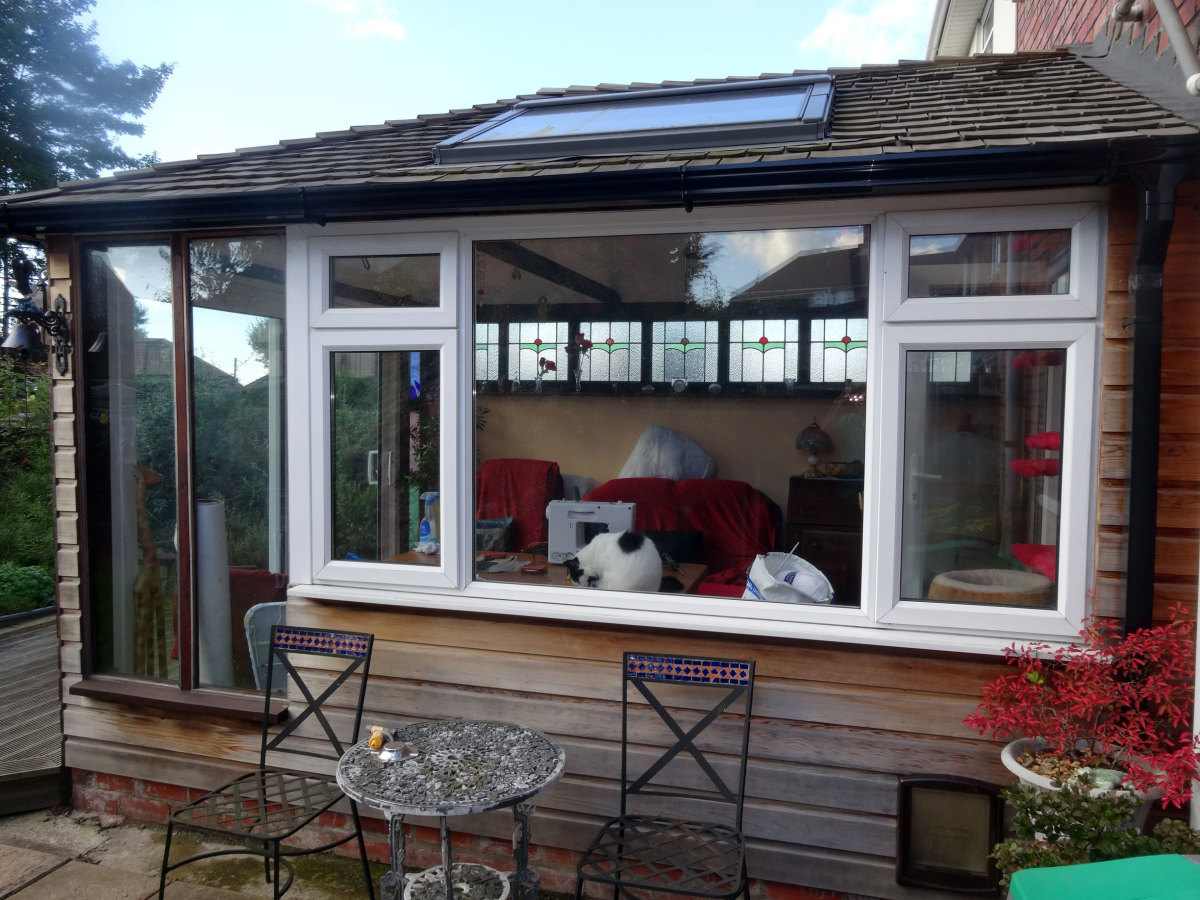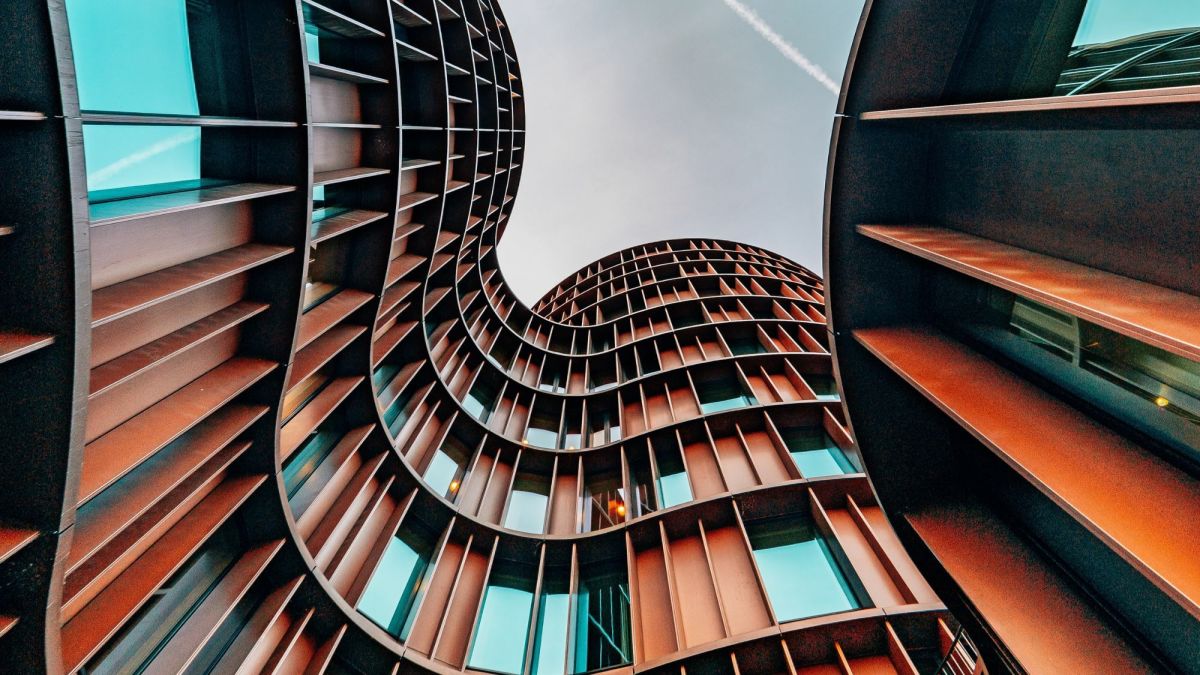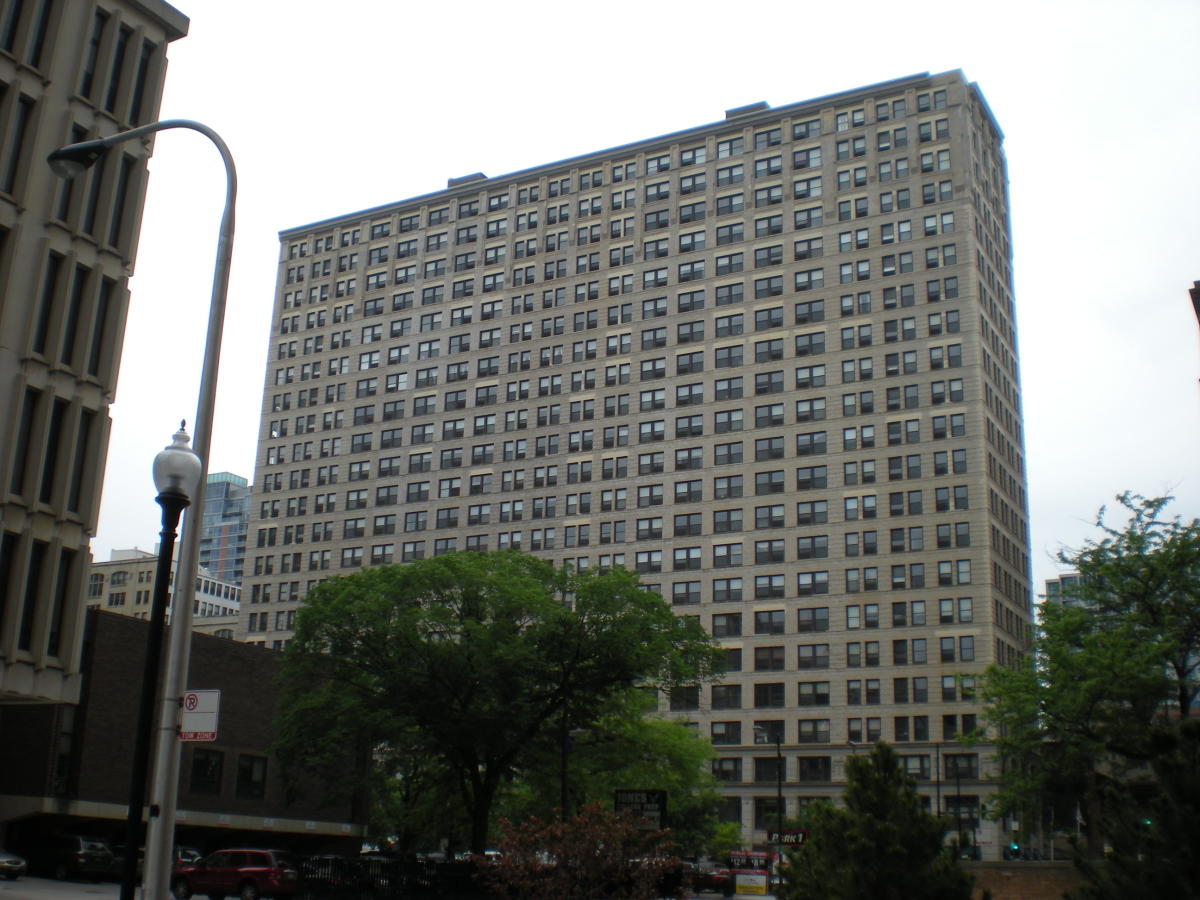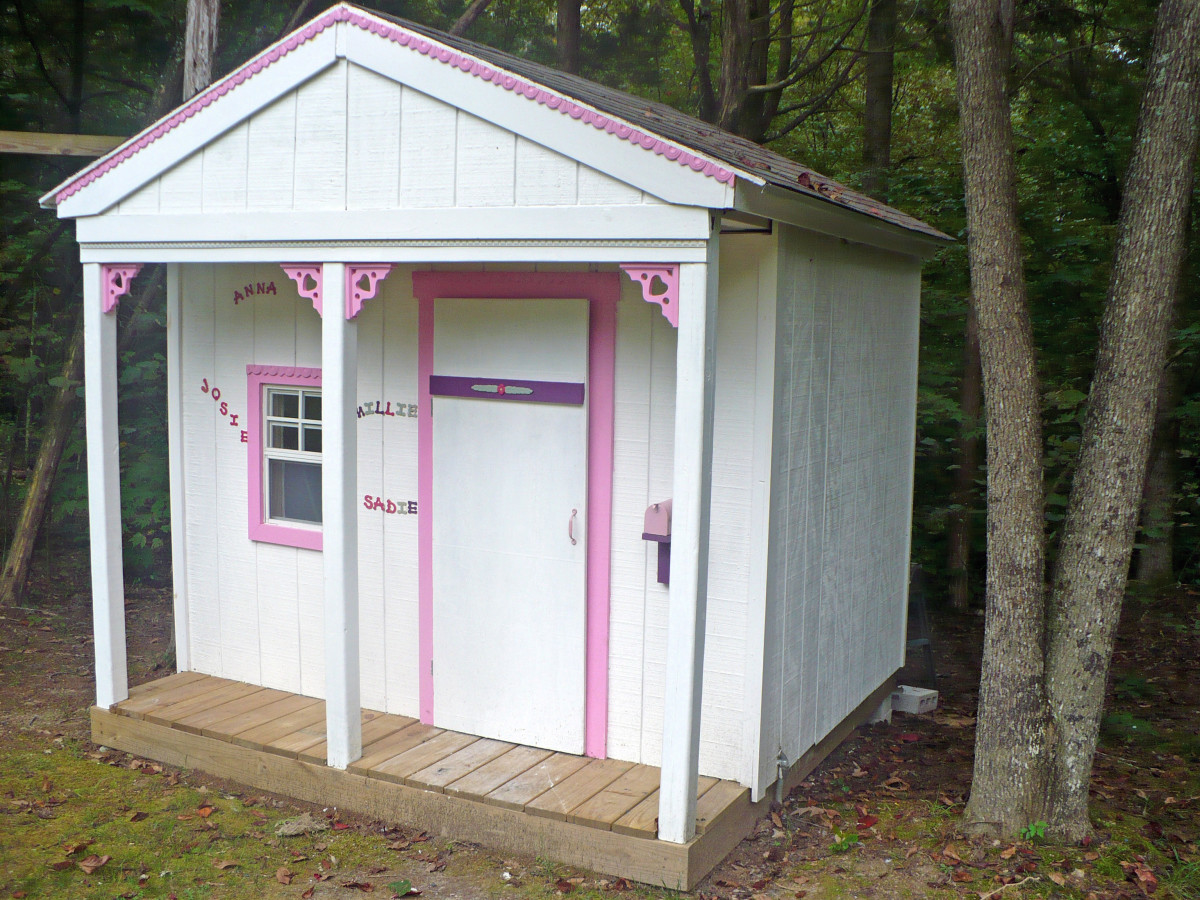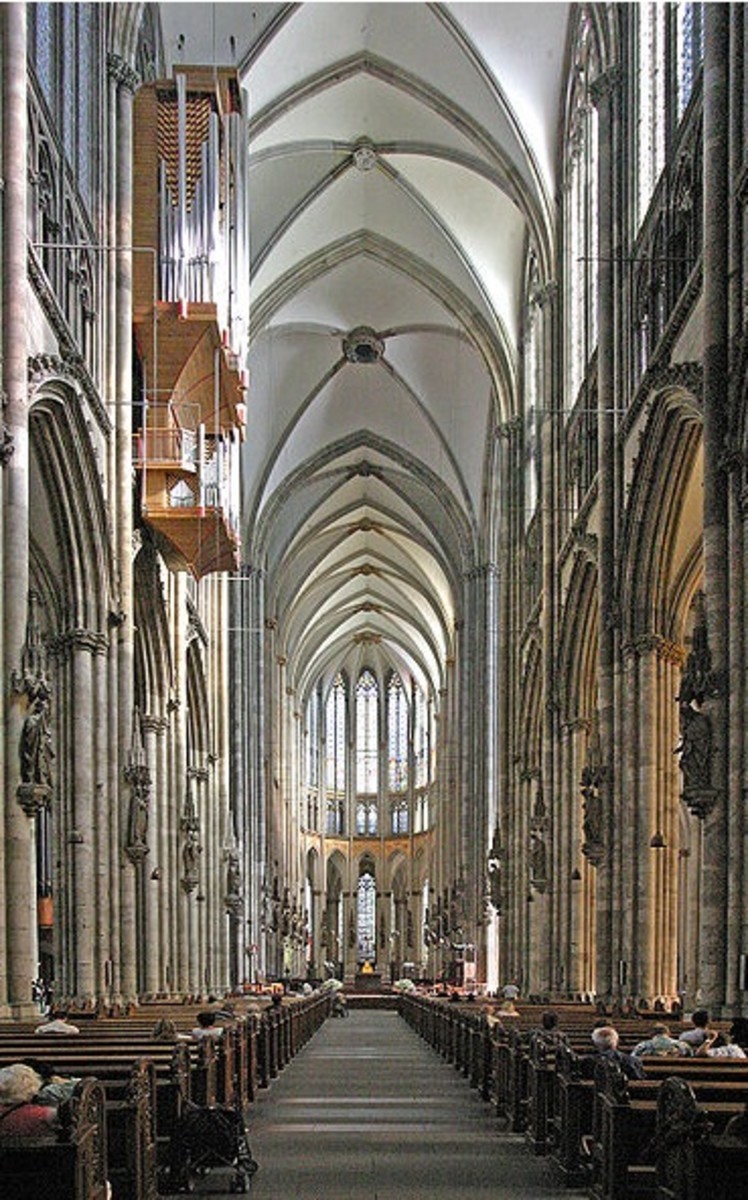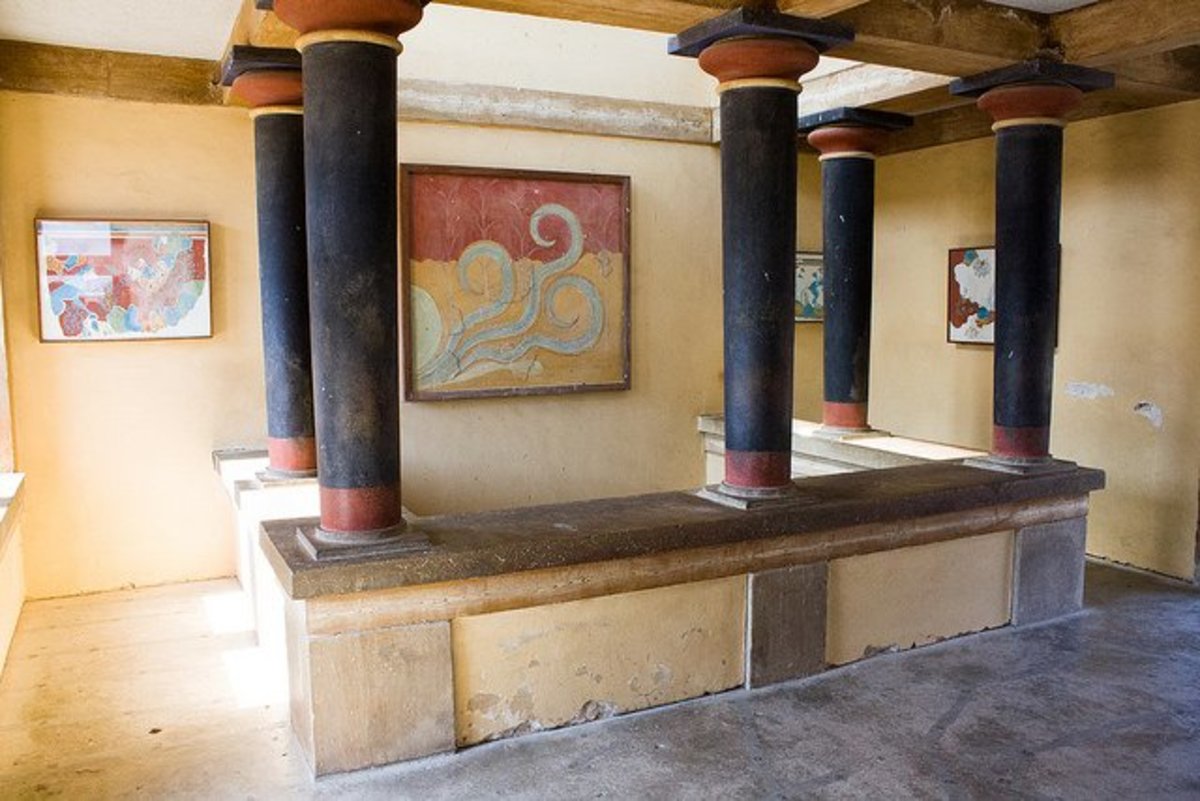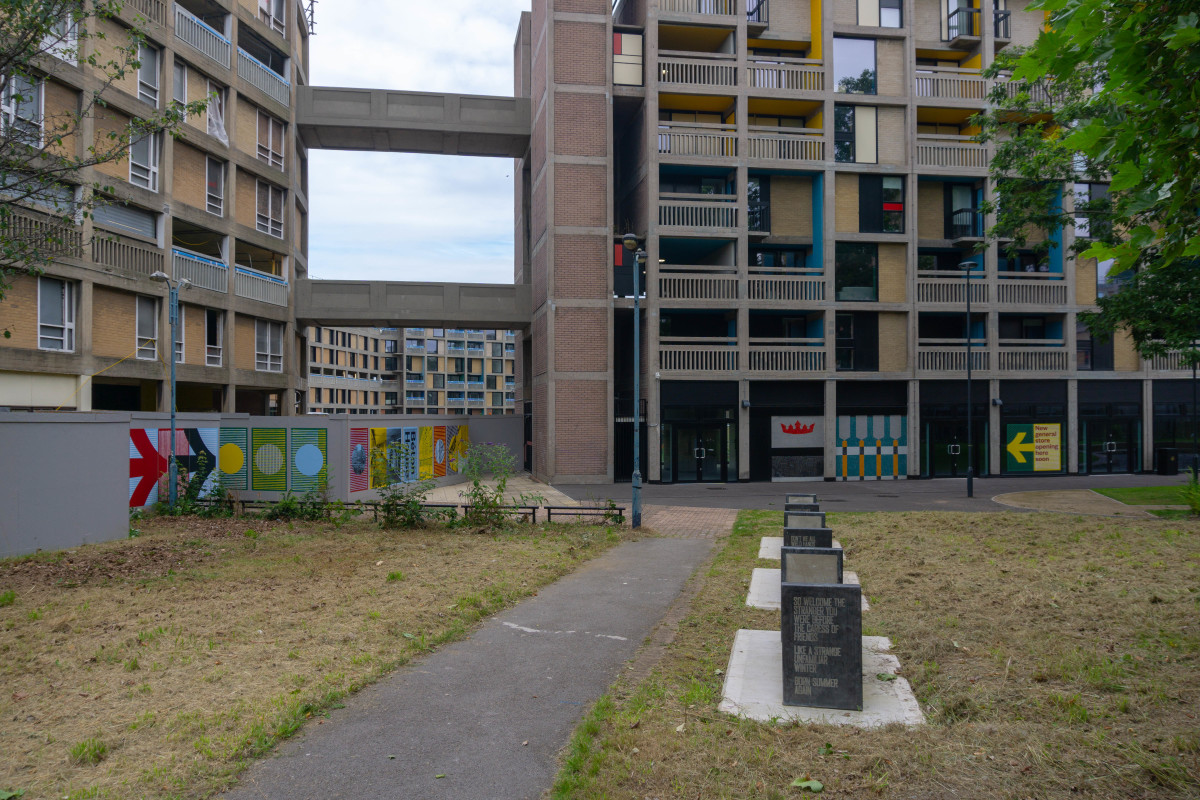Green Roof On My Mind
Green Roof Leader
Last week I heard a story on my local public radio station (WBEZ in Chicago) about the state of the Green Roof movement in the city (and by this I mean a vegetated green roof). I was reminded of a project I worked on about a year ago where we installed some vegetated green roof elements at the Gale Borden Public Library in Elgin, Illinois. We used a premium system called Live Roof but with this summer drought, I was wondering how it was holding up. More on that project at the end of this article.
Chicago has been a U.S. leader in this area ever since the city installed a vegetated roof on city hall back in 2001. Since that time, green roofs have sprouted up (no pun intended) across the metropolitan area. One reason for this has been the requirement that all new public projects include some amount of green roof as part of their building program. That means all schools, fire stations, police stations, libraries and park buildings that have been built over the last 10 years have a green roof or partial green roof installation. But the movement has not been limited to public projects. Private developers have also been building green roofs. Sometimes because they believe in the movement and other times because the city has used a bit of the bully pulpit to get them to include the roof vegetation (let’s just say that a project might move through the planning process a little easier if they were including “green” building elements). There has also been a program in place to make the permit process easier and wave some permit fees if a green roof and other environmentally friendly practices are included.
Vegetative Example
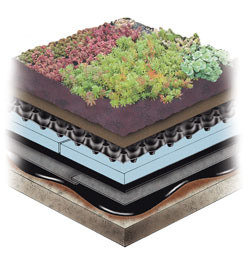
Green Roof Advantages
The vegetated green roof can cost considerably more to install and requires some maintenance (even with hardy, drought resistant, local plant species). In addition, not all vegetated roofs are created equal as some systems have been proven to be more successful than others. You might wonder if this is all worth it. The answer is yes but must be qualified. There are three major advantages to having a green roof.
- It can save energy for the building by moderating the temperature of the roof and provide additional insulation value.
- It can reduce the “heat island” affect that most cities face (because of the large concrete, asphalt and roof surfaces that blanket a city). The heat island effect causes the temperature can be warmer, by a few degrees, in the summer in urban areas and that can drive everyone’s energy costs up.
- It can reduce storm water runoff that typically taxes the existing and sometimes antiquated infrastructure of urban areas.
I was told by one building administrator that at their facility, it usually takes about 45 minutes before they start seeing runoff from their green roof. Of course, that will vary depending on how hard it rains and how dry the soil is but you can see that it can make a difference in how much water gets to the city's utility systems. In addition, there are other potential benefits. A green roof can also be beautiful to look at (if you can see it), might double as a usable outdoor space and can help clean the air by converting carbon dioxide and carbon monoxide into oxygen. It can even enhance the local bird habitat.
So are all these benefits actually realized? That depends on a number of factors. From an energy savings standpoint, one story buildings with large roof footprints will obviously be more likely to see energy savings over high-rise construction with small roof footprints. This perceived benefit, in my opinion, is the least important of the three as most buildings in the city are multi-story. The other two, heat island effect and storm water run-off are where the vegetated green roof can really shine and make a difference in people’s lives. However, in order to realize these two benefits, there needs to be a critical mass of green roof. A handful of green roof installations will not have much bearing, if any, on the heat island effect and probably won’t contribute much to reducing storm water run-off either. For this reason, it is important for a place like Chicago to build green roofs on public buildings and to use every incentive, whether carrot or stick to entice builders and developers to include green roof technology in their projects. Over time, as more and more projects come on line, the positive benefits of the green roof movement will be felt in urban areas like Chicago.
Installation
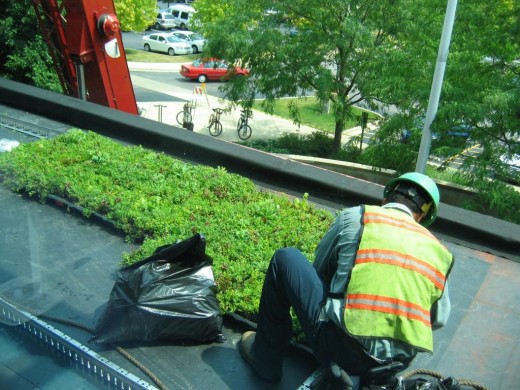
Gail Borden Library
The Gail Borden Public Library green roof is a pre-planted tray system by Live Roof. This is a great system that turns a roof green as it is installed (as opposed to planting seedlings and waiting for the plants to grow). The green roof at Gail Borden has held up well over the last year. The extreme drought however, has made it necessary to water the roof on a regular basis. These roofs are meant to be low maintenance and drought tolerant but only to a point. With little or no rain over a three month period it is unlikely that the green roof could have survived without some help. You can read and see more of Gail Borden's green roof at the link below.

